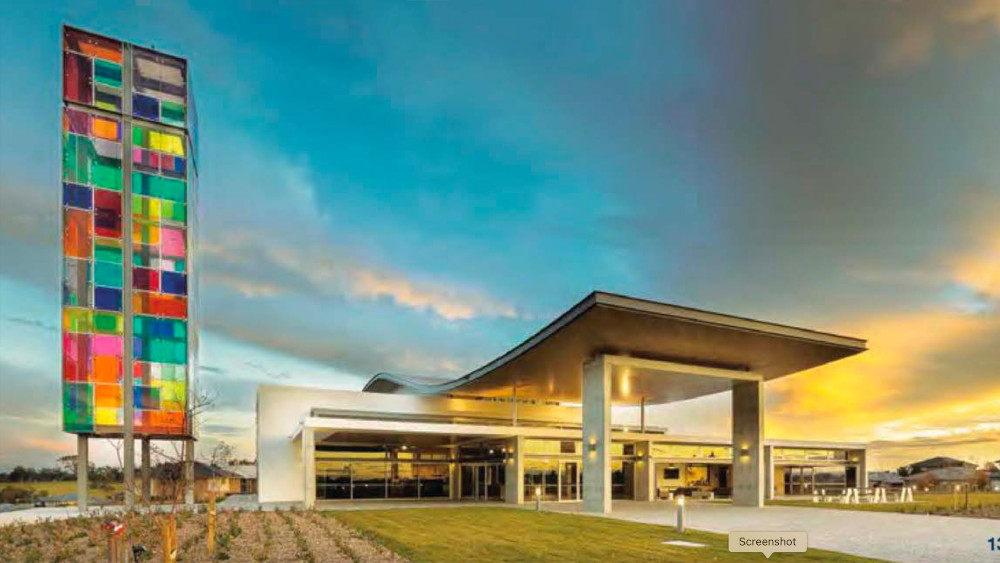Just to stay where they are, attracting one and a half per cent of their city’s population to church each week Sydney’s Anglicans face a $340m dilemma.
By 2056 more than half of Sydney’s population will live west of Parramatta – the current “second CBD” which will be joined by a third CBD “Bradfield” currently a bare patch of earth near the new airport.
About 70 per cent of Anglican churches are currently east of Parramatta. If they don’t act, Anglicans will be located mostly where the people are not.
Christians in Melbourne, Brisbane and Perth also growing rapidly – Melbourne more rapidly than Sydney – will face similar issues.
Sydney is projected to grow by 80,000 a year for the next 40 years.
The topic of church property, not social issues, has the full attention of delegates at Sydney’s Anglican Synod this week.
A levy of two per cent of income from each local church is being extended. This will allow the new property to be bought urgently. The “Anglican Church Growth Corporation” (ACGC) will borrow against the levy to accelerate land purchases.
The church needs to get involved with developers of new Greenfield suburbs, to purchase land for churches. Once it is zoned residential, churches are effectively locked out.
A new site for a church is estimated to cost $4.5m, building the church $5,5m, with fees and other charges adding an extra $1.5. A suburban church hub will cost $11.5m.
In eastern Sydney, there are 58 churches within 7km of St Andrews cathedral. That’s one church for 12,000 people. To have one church per 15,000 people in south-western Sydney for a 2056 population of 520,000 will require 34 new churches, up from the existing 8 (6 with buildings)
A church a year over the next 34 years will cost $391m at today’s figures. That’s looking only at the southwest growth area. The northwest is growing too. Wollongong also is expected to grow by 200,000.
The cost to buy land and build in “the most pressing areas” over the next ten years is $100m according to ACGC.
Land purchase is the most urgent need. One senior Synod rep, Laurie Scandrett, told the Synod that a church can start in a tent. Or a tin shed. But it needs land.
One of the newest church buildings, Hope Church at Leppington in South West Sydney, is on the same site as the shed in which the church plant started. An Anglican school is next door: the Anglican Schools corporation and Anglicare aged care co-ordinate their land purchases. New Life in Oran Park (pictured) in the same part of Sydney has an Anglican college and Anglicare site close by. These new churches have grown rapidly with congregations of several hundred. The model works.
It can be noted however that there are property-light models of church growth – such as Adelaide’s Trinity network which does not use church property for new churches. One difference is that Sydney is largely dealing with greenfield areas, and community facilities – even schools – lag behind housing.
The Anglican planners have consulted with First Nations peoples about indigenous churches. A church site at Wedderburn has been developed in a culturally appropriate manner and is the home of the Macarthur Indigenous Church. Of the next seven sites targetted for purchase, one in the Shoalhaven will serve as a home for a First Nation’s church.


If the model is working that is good news.
800,000? ‘Sydney’
“Syndey is projected to grow by 80,000 a year for the next 40 years.”